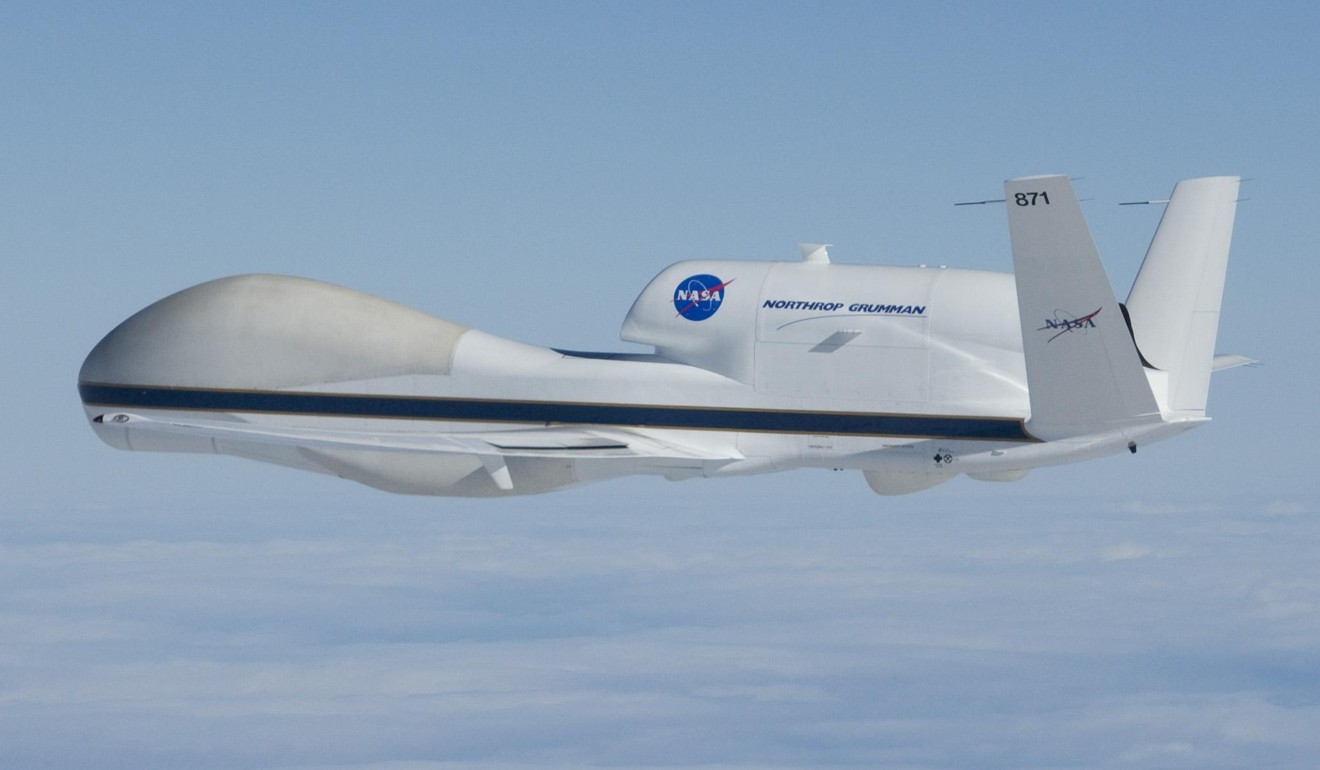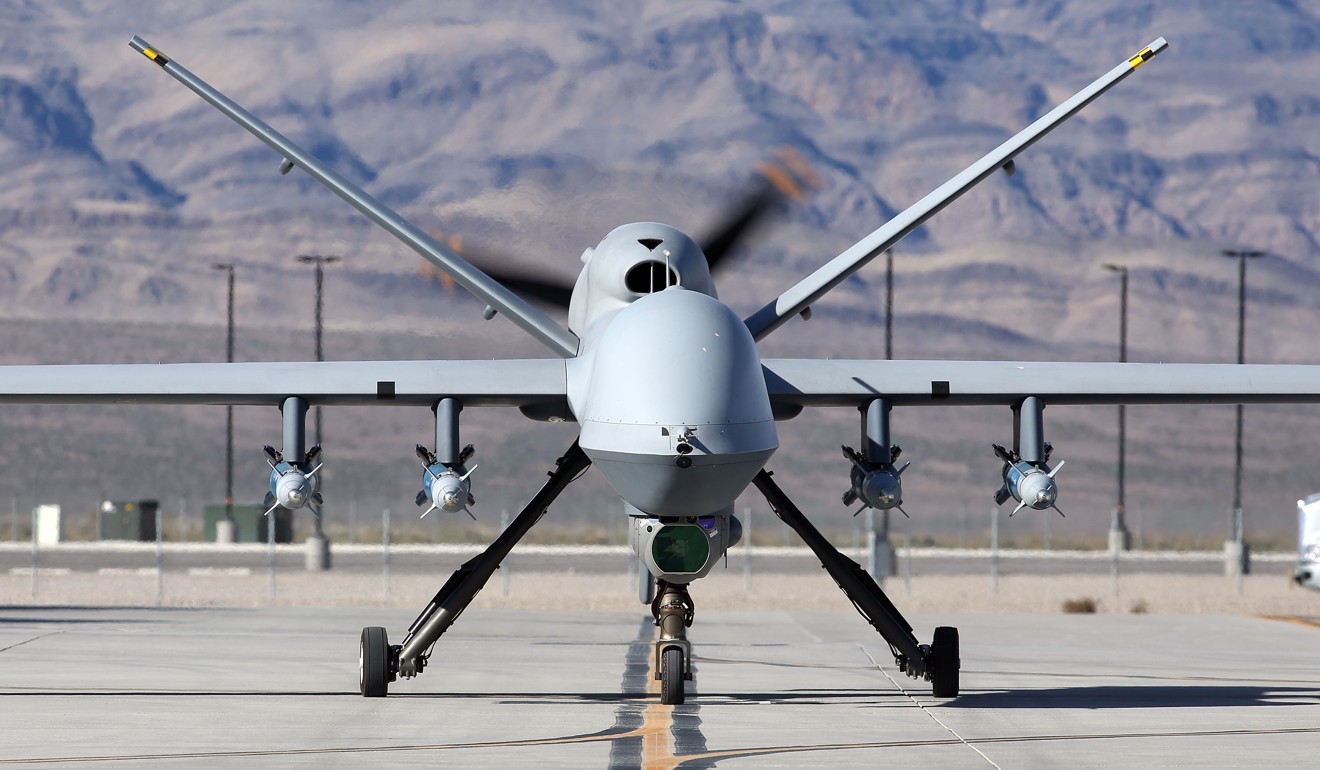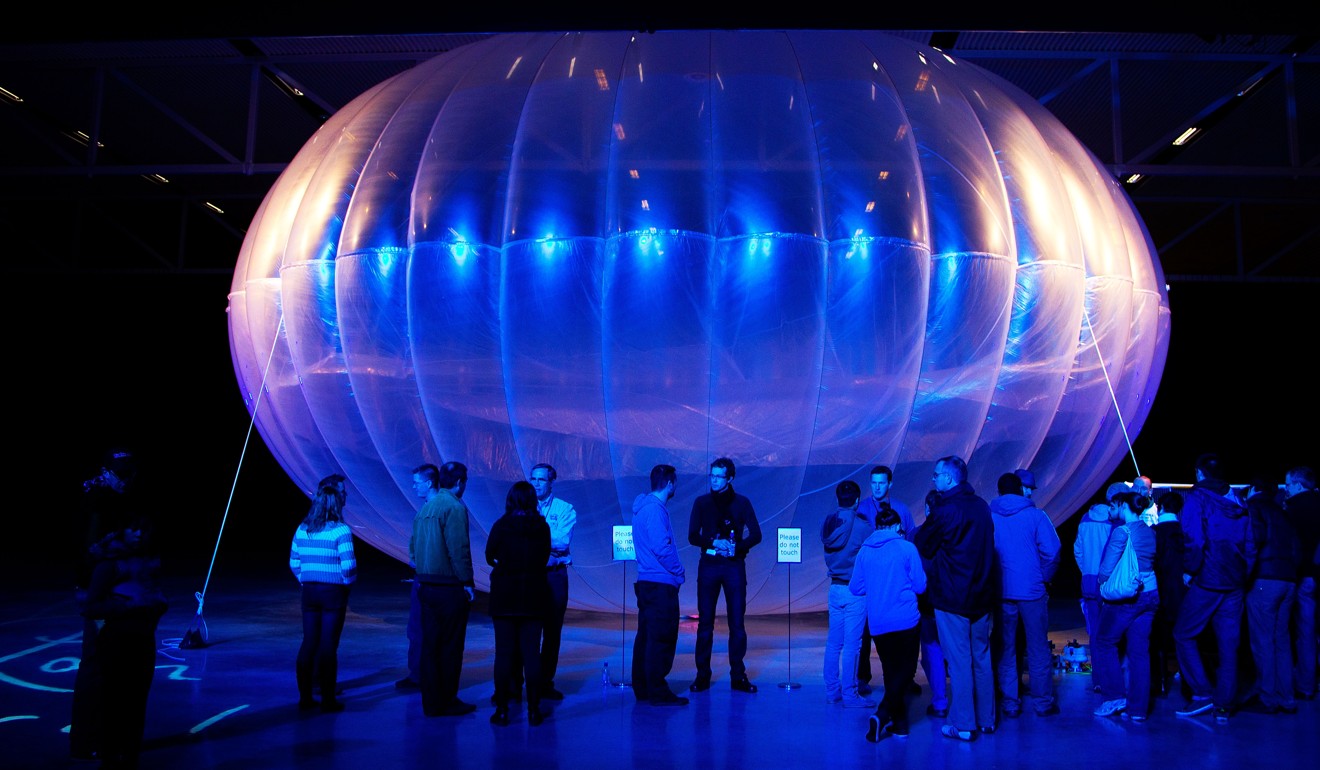
Exclusive | China tests new spy drones in near space ‘death zone’
High-altitude unmanned vehicles tasked with military intelligence gathering can fit inside a shoebox and cost just a few hundred yuan
High-altitude spy drones could help China dominate “near space” – a region of the Earth’s atmosphere that is at the heart of a modern-day space race.
Near space, which begins at about 20km above sea level, has until now been regarded a “death zone” for drones – thin air at this altitude makes it hard to generate lift, while extremely low temperatures mean electronic components like batteries are prone to fail.
However, a new type of Chinese-developed drone that is undergoing testing appears to have overcome such difficulties, marking a significant step towards China’s ambitions of exploiting near space for purposes of military intelligence.
China pips US in race to start the world’s first meltdown-proof nuclear power plant
Near space has long been seen as a promising frontier for intelligence services, but has remained relatively untapped because it is too high for most aeroplanes to operate, and too low for satellites.
The goal of scientists is to develop a durable near space vehicle capable of observing large areas for weeks, months or even years on end. Drones, which would cost just a fraction of what a satellite with comparable abilities would cost, are seen as one of the best ways of reaching that goal.
Until now, the Northrop Grumman RQ-4 Global Hawk, limited to an altitude of about 19km, has been the highest flying drone in use.

But last month, a research facility in Inner Mongolia successfully tested an experimental drone at an altitude of 25km.
The test involved two experimental unmanned aerial vehicles being sent up on a high pressure balloon before being deployed at different altitudes. The second drone was deployed at an altitude of 9km.
Each of the drones, which are about the size of a bat, was launched using an electromagnetic pulse that accelerated them from zero to 100km/h within a space about the length of an arm.
“It shot out like a bullet,” said Yang Yanchu, lead scientist of the project with the Academy of Optoelectronics at the Chinese Academy of Sciences in Beijing.
The drones then glided towards their targets more than 100km away, adjusting course and altitude in flight without human intervention. On-board sensors beamed data back to a ground station.
China scraps first orbiting space laboratory after its functions fail following two years in space
Significantly, throughout their flights, the drones barely left traces on radar due to their small size.
“The goal of our research is to launch hundreds of these drones in one shot, like letting loose a bee or ant colony,” Professor Yang said.
Similar test flights had been conducted by the US Navy and Nasa in recent years as America searched for a new weapon to penetrate air defence systems and gather sensitive intelligence behind enemy lines, he said.
At present, low-flying drone squadrons are vulnerable to dense anti-air fire, while current higher altitude models, such as the MQ-9 Reaper and China’s Caihong 5 series – that are still limited to altitudes of about 10km – each cost millions of US dollars.

The near space drones being developed by Yang’s team, on the other hand, are projected to cost as little as a few hundred yuan.
The drones are small enough to fit in a shoebox and weigh about the same as a soccer ball. They are made with composite materials and are designed to withstand the forces involved in electromagnetic launches.
The wings and body are blended into one flat, tailless fuselage to produce sufficient lift in the thin air. The sensors include a terrain mapping device and electromagnetic signal detector to locate military presence or activities.
But the drones would not carry cameras, Yang said, as the transmission of photo or video data over long distances requires bulky antenna unsuitable for near space launches.
Some models, including the early prototype tested in last month’s experiment, did not even have a power motor but would drift to their destinations as a glider would.

Yang Chunxin, a professor at the school of aeronautic science and engineering at Beihang University in Beijing, said there were still many challenges in developing high altitude drones.
“One of the biggest headaches is the near-vacuum environment, where electric currents can produce a spark. This can lead to shortages and damage electronic equipment,” he said.
“This is why high altitude drones are more difficult to build than lower-flying variants. Whether they can play a practical role in military operations remains an open question,” he said.
The high altitude drone is part of a project called the Scientific Experiment System of Near Space, a strategic pilot project of the Chinese Academy of Sciences.
China’s first mission to Mars will be hugely ambitious and a chance to ‘outshine India’
Its development follows a 2013 experiment by Google, in which the internet company launched 30 high altitude balloons in the southern hemisphere to test their capability to relay internet data. Similar balloons launched by Nasa have stayed in near space for months.
Yang Yanchu said China was a latecomer in the race to near space, but the technical progress it had made in recent years was stronger than that of most other countries.
“We expect to achieve some major breakthroughs by 2020. They will be stepping stones towards massive applications,” he said.
In June, China Aerospace Science and Technology Corporation flew a large, solar-powered drone at an altitude of 20,000 metres for 15 hours.
The Caihong T4 aircraft, with a wing span of more than 45 metres, could be equipped with radar and communications equipment to provide early warning for Chinese military aircraft, according to state media reports.

